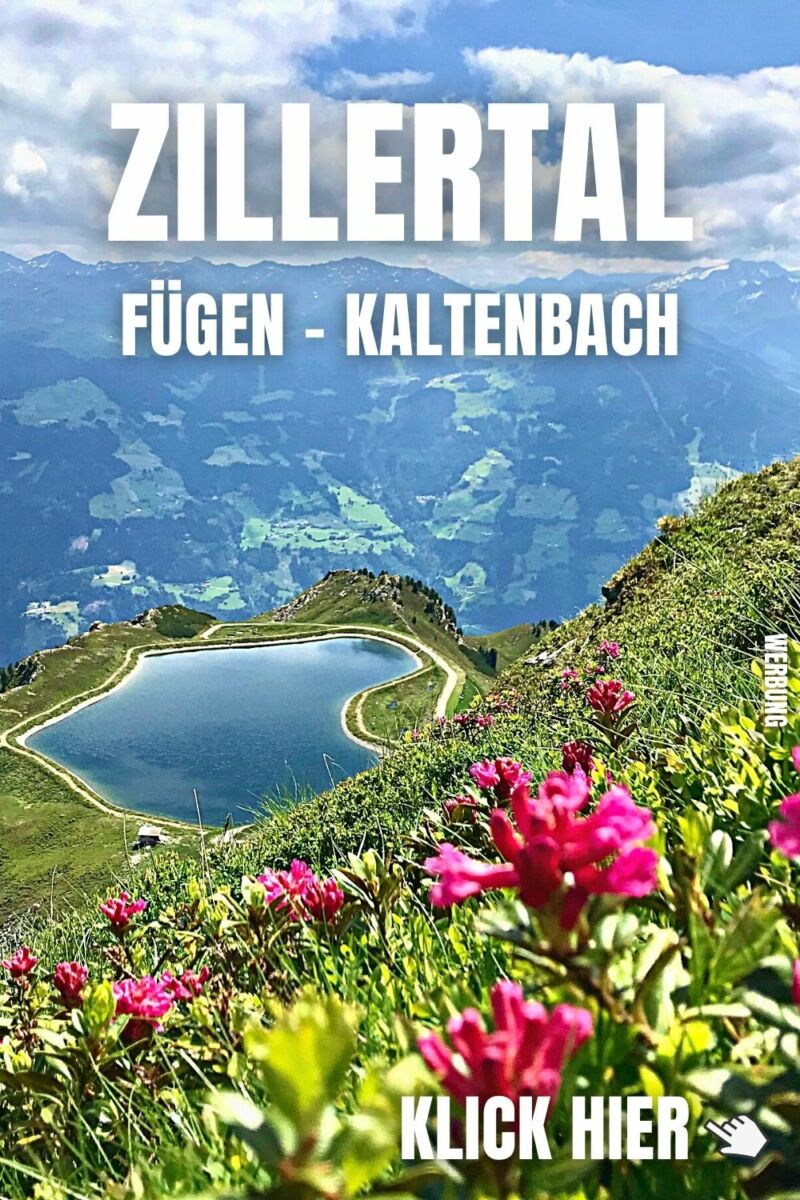Der Schlegeisspeicher ist der Bekannteste der Stauseen im Zillertal. Bevor ich dir meine Beschreibungen und Bilder im Detail zeige, möchte ich dir das Alpengasthaus Breitlahner vorstellen. Es ist ein echt uriger Gasthof direkt unterhalb vom Schlegeisspeicher. Du erreichst ihn ganz leicht über die Straße ab Mayrhofen. Für mich ist er perfekt zum Übernachten und Einkehren: Du kannst hier sehr gut ein paar Tage übernachten, um die Zillertaler Alpen zu erkunden. Wenn du einen Tagesausflug zum Schlegeis Stausee planst, kannst du hier einen sehr guten Kaiserschmarrn oder ein Schnitzel essen. Bitte bestelle der Wirtin Brigitte einen schönen Gruß von mir! Sie freut sich immer von mir zu hören.
–> hier meine Eindrücke vom Alpengasthaus Breitlahner.
Schau dir vor deinem Schlegeisspeicher Ausflug auf der Webseite alles genau an. Lies dir meine Erlebnisse durch, so verpaßt du nichts. Tausende andere Leser profitieren täglich von meinen persönlichen Geheimtipps. Wenn dir die eine oder andere Information weiter geholfen hat, kannst du damit auch deinen Freunden eine Freude machen: Teile mit ihnen kostenlos den Beitrag als WhatsApp, Email oder per Facebook. Das geht mit einem Klick am Ende dieses Beitrags. Deine Freunde werden es dir danken.
So und nun viel Spaß im Zillertal!
DER REISEBLOGGER
Markus Schmidt
Klick hier für
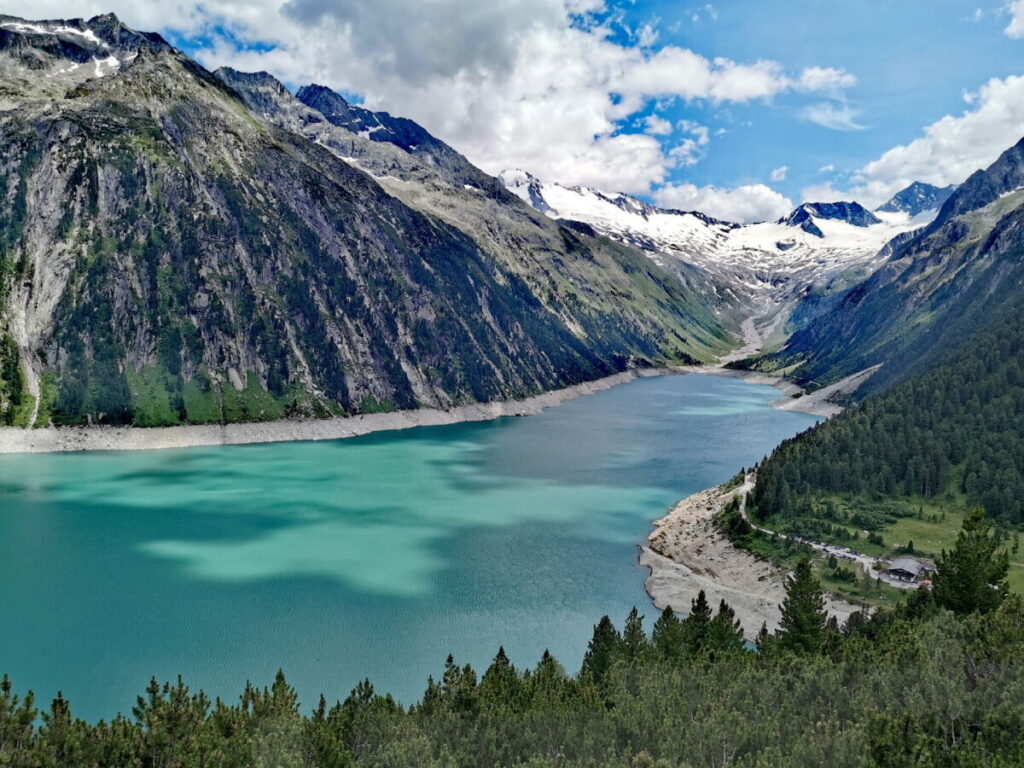
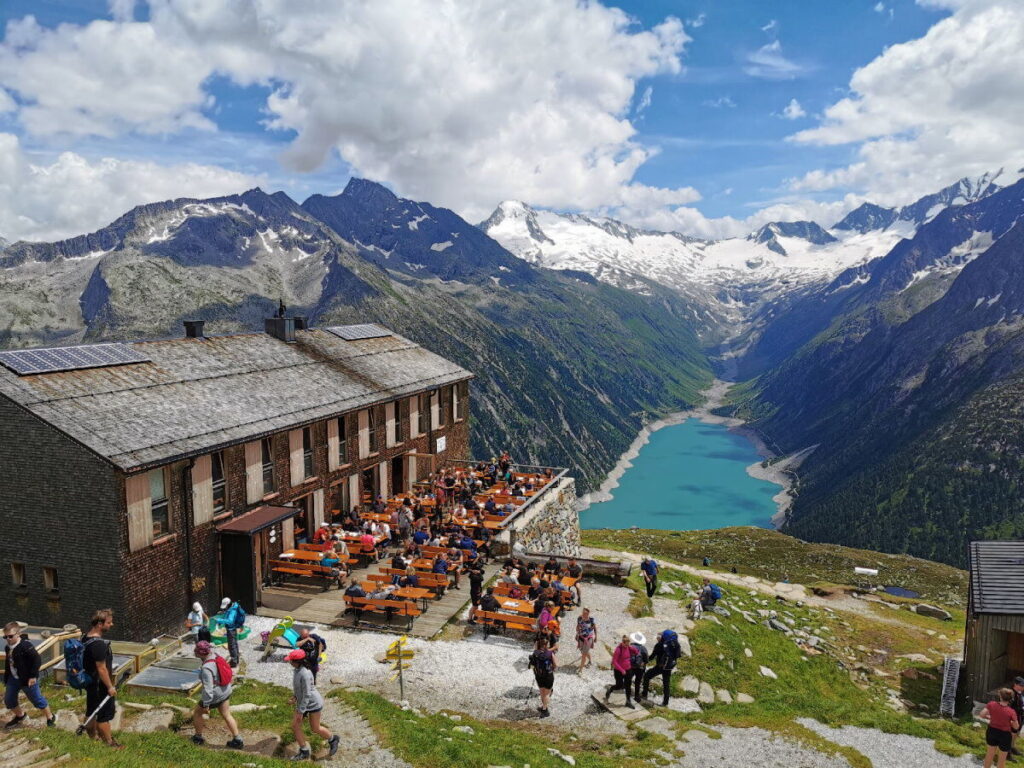
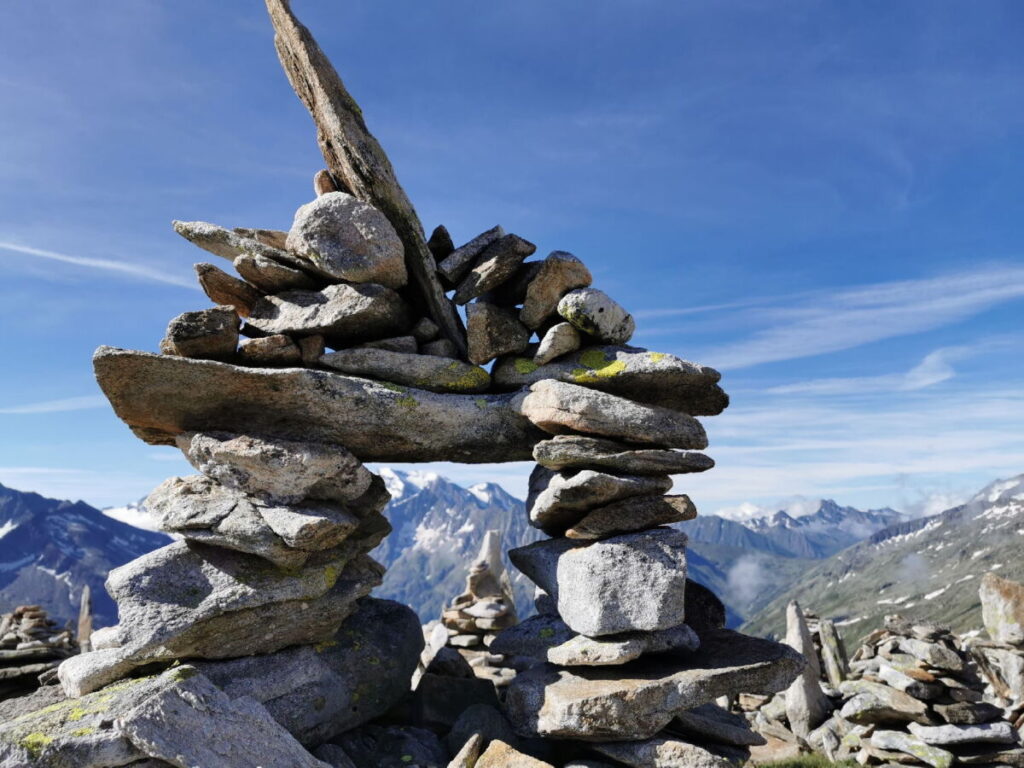
The Schlegeis Reservoir in Austria
Darum geht es auf dieser Seite:
The Schlegeis Reservoir is an artificial lake situated in the Zillertal valley of Austria. It was constructed between 1965 and 1971 and is primarily used for the production of environmentally friendly electricity, as well as flood control. With a maximum water volume of 126.5 million cubic meters and a maximum depth of 59 meters, it is a crucial part of Austria’s hydroelectric infrastructure. The water is captured by a dam, which is an impressive 725 meters long. The primary reason for the construction of the Schlegeis dam was to generate electricity, but it also serves as a means of regulating high water levels. The construction of the Schlegeis dam allows for the control and storage of vast amounts of water, which is then directed into the Stillup reservoir or released downstream into the Ziller river.
As the water flows through an underground connection to the Stillup reservoir, it generates power via a turbine, which is driven by water traveling at an incredible 300 kilometers per hour through a four-meter-diameter pipeline. The electricity generated by the Schlegeis reservoir contributes significantly to the power supply of the surrounding areas. The Schlegeis reservoir is usually only filled to around 80% capacity, with the remaining 20% being kept in reserve to manage sudden spikes in water levels during storms. Additionally, pumping water from the Stillup reservoir to the Schlegeis reservoir during the night allows for more economical electricity production.
The Schlegeis reservoir plays a vital role in protecting the Zillertal valley from flooding. With the ability to regulate water levels and provide energy to the surrounding communities, it has become an essential piece of infrastructure in Austria. Every ten years, the reservoir is drained and cleaned to remove accumulated sediment, ensuring its continued effectiveness in the future. Overall, the Schlegeis Reservoir is an impressive feat of engineering and a vital resource for the surrounding communities. Its ability to generate electricity and regulate water levels ensures that the Zillertal valley remains a safe and sustainable place for its inhabitants.
How to get to the Schlegeis Reservoir?
If you’re planning a trip to the Schlegeis Reservoir, there are a few things you should know about getting there. The best way to reach the reservoir is by car, as this is the quickest and most comfortable option. Depending on your starting point, you will first need to make your way to the Zillertal. From the A12 motorway, which is subject to tolls, take the Wiesing exit and continue on the Zillertalstraße to the end of the valley in Mayrhofen. From there, the road to Schlegeis is signposted and branches off from the main road behind the town centre. The distance from Mayrhofen to Schlegeis is 24 kilometres, and you simply follow the road uphill.
The first few kilometres of the journey are on a public mountain road. Above Mayrhofen, you can either turn left through a tunnel towards Ginzling (mandatory for buses and trucks) or turn right through the village. The latter provides access to the road through the gorge, which is a stunningly beautiful landscape. If you have time, it’s worth taking a short break and admiring the view. While there is no path through the gorge like there is at the nearby Tiefenbachklamm, the view from the road above is fantastic.
The route through the nature park Zillertal Alps via the mountaineering village of Ginzling is another option. Beautiful hikes and mountain tours start here, leading to the side valleys and the peaks that reach around 3,000 meters. We continue on the main road up to the Breitlahner mountain inn, where the Schlegeis Alpine Road, a toll road, begins. Please note that from here on, the road is only one lane wide. You’ll travel through narrow tunnels, where only one vehicle can pass at a time.
These tunnels, which are carved into the rock, date back to the time when the dam was being built. They have been preserved in their original form and have not been artificially concreted. For me, this is part of the experience of travelling to the high-mountain reservoir. To ensure that cars can pass each other, there is a traffic light system. Each direction has 18 minutes of green light before switching to the other.
Once you exit the narrow tunnel, the road widens again. Soon, you’ll see the 131-metre-high dam, an incredible feat of engineering. You can stop for a photo from below or from the top, where the view is even more spectacular. The Schlegeis Alpine Road is subject to a toll and is only open during certain times of the day. You can find all the information about the toll on their website. Also, be sure to check the opening times of the toll road before heading out.
–> Opening times
TRAVELLING WITHOUT CAR?
While many visitors prefer to travel by car, it is also possible to reach the reservoir without a vehicle, using a combination of train and bus services. First you need to get to the town of Jenbach, which is a major transportation hub for international train connections. From there, you can take the Zillertalbahn, a narrow-gauge railway that runs through the picturesque Zillertal Valley, all the way to the town of Mayrhofen. The Zillertalbahn runs every half-hour, so you should have no problem finding a train that fits your schedule. Once you arrive in Mayrhofen, you need to transfer to the Schlegeisbus, which is a local bus service that runs directly to the Schlegeis Reservoir. The bus line 4102 departs from the Mayrhofen train station, and the journey takes around one hour. The Schlegeisbus operates daily during the summer months, from 8 am to 5 pm, with return services from the Schlegeis Reservoir running between 8 am and 6 pm. It’s important to note that the Schlegeisbus is a seasonal service, and it is not available year-round. Additionally, the schedule may vary depending on the time of year, so it’s always a good idea to check the latest timetable on the website of the Verkehrsverbund Tirol (VVT), which is the public transport provider in the region.
What to do?
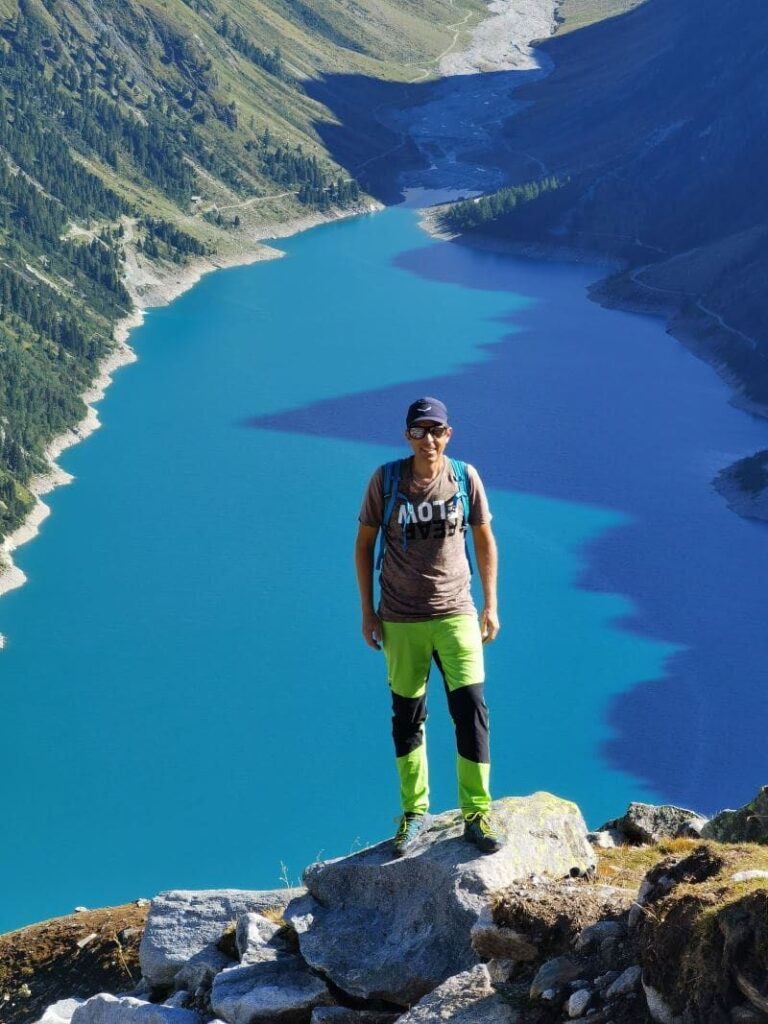
The Schlegeis Reservoir is a popular destination in the Austrian Alps, offering a variety of activities for visitors to enjoy. Here are some things you can do at Schlegeis Reservoir:
- Scenic drive: The Schlegeis Alpine Road, a toll road that leads up to the reservoir, offers breathtaking views of the surrounding mountains and valleys. You can drive up to the dam and take in the stunning panorama from there.
- Hiking: The area around the Schlegeis Reservoir is a paradise for hikers, with many trails ranging from easy walks to challenging alpine hikes. You can hike at the lake, along the Schlegeis Dam, or explore the surrounding mountains.
- Mountainbiking: There are several trails for mountain bikers, including the Zillertal Bike Trail, which runs from Mayrhofen to the Schlegeis Reservoir .
- Photography: The stunning scenery around the Schlegeis Reservoir is a photographer’s dream. Whether you’re an amateur or a professional, you’ll find plenty of inspiration here.
- Relaxation: The peaceful surroundings of the Schlegeis Reservoir are perfect for those who simply want to relax and enjoy the beauty of nature. You can pack a picnic and enjoy it by the lake, or find a quiet spot to read a book or take a nap.
Overall, the Schlegeis Reservoir offers something for everyone, from outdoor enthusiasts to those who just want to enjoy the beauty of the Alpine landscape. Whether you’re visiting in summer or winter, you’re sure to have a memorable experience at this stunning destination.
GOOD TO KNOW: The Dam Tour
During a dam tour, you can experience the interior of the 131 m high and 725 m long Schlegeis dam! Tours take place daily between 11:00 am and 4:00 pm and last about an hour. The meeting point for the tour is directly at the entrance to the dam. You can purchase tickets and receive further information in advance at the Sperrenwärterhaus, located across from the kiosk s’Raschtl. Please note that the dam tour is unfortunately not wheelchair accessible.
Frequently asked questions
Schlegeis Reservoir is an artificial lake located in the Zillertal Alps in Tyrol, Austria. It was created in the 1960s as part of a hydroelectric power plant project and is now a popular tourist destination for hiking, biking and sightseeing.
If you don’t have a car, you can take a combination of bus and train to get to Schlegeis Reservoir. The nearest train station is Jenbach, where you can transfer to the Zillertalbahn and then take bus 4102 to the reservoir. All details how to get there.
Swimming is not allowed in Schlegeis Reservoir due to safety concerns, as the lake is used for hydroelectric power generation. The temperauture of the water is very cool anyway.
No. In winter, the Schlegeis Reservoir area is closed at all. There are no opportunities for skiing, snowboarding with ski lifts.
The Schlegeis Reservoir is one of the place you should visit in Europe. Also interesting may be: Lake Braies, Schiefer Turm von Pisa, Ponte Vecchio, Brandenburger Tor, Landungsbrücken, Marienbrücke Neuschwanstein.



